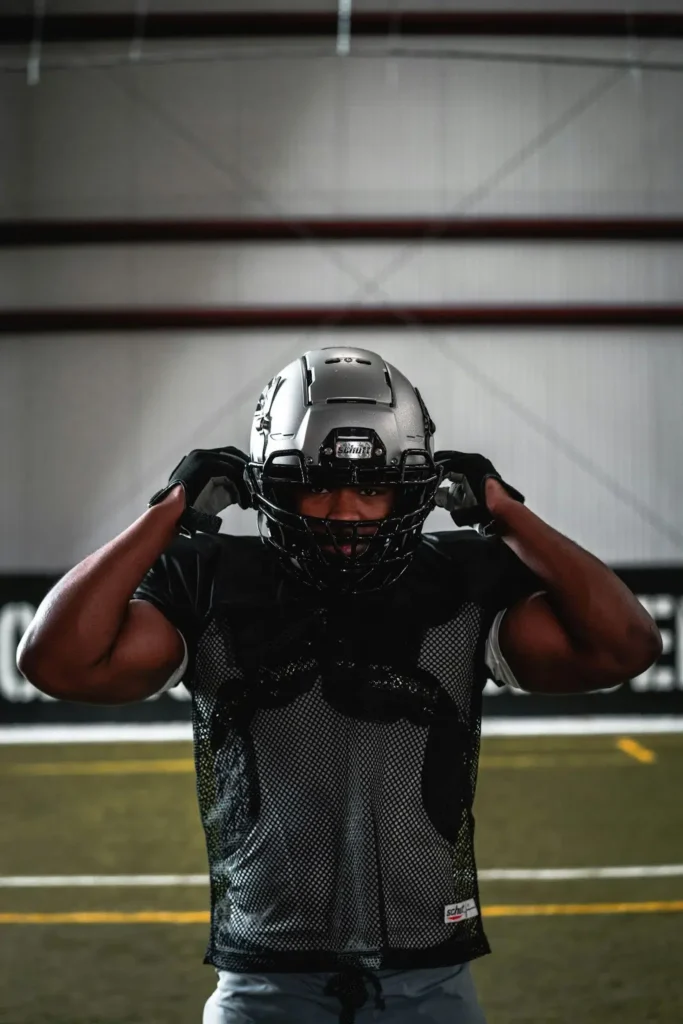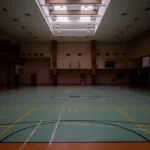Indoor football field buildings have come a long way since their early inception. Originally designed to cater to the needs of athletes during inclement weather or in regions with limited outdoor space, these buildings have evolved into much more. Nowadays, they serve as multipurpose facilities, providing comfortable and controlled environments for training, competition, and entertainment.
But let’s take a closer look at the fascinating evolution of indoor football field buildings. These structures have undergone significant advancements over the years, transforming from simple structures with basic amenities to cutting-edge complexes equipped with state-of-the-art technology.
Architects and designers continue to push the boundaries of innovation, creating stunning architectural marvels that seamlessly integrate with their surroundings.
When indoor football field buildings first emerged, they were primarily utilitarian. Their main purpose was to shield athletes from harsh weather conditions, ensuring that games and training sessions could proceed regardless of rain, snow, or extreme temperatures.
However, as the demand for these facilities grew, so did the need for more versatile and aesthetically pleasing designs.
Today, indoor football field buildings have become architectural wonders, captivating spectators and athletes alike. These structures are no longer mere shelters; they are works of art that combine functionality with beauty. With their sleek lines, expansive windows, and innovative materials, they have become iconic landmarks in many cities around the world.
Did You Know?
The first football game to be played indoors was in 1902 at Madison Square Gardens in New York City. Played on a 70-yard by 35-yard field.
Modern indoor football field buildings boast an array of features that set them apart from traditional outdoor fields. Let’s explore some of these remarkable features:
Weatherproof construction
These buildings are designed to withstand the harshest of weather conditions, ensuring that games and training sessions can proceed without any interruptions. Rain or shine, athletes can focus on their performance without worrying about the elements.
Advanced lighting systems
To create an optimal playing environment, indoor football field buildings are equipped with lighting systems that mimic natural daylight. This not only enhances visibility for players but also creates a vibrant atmosphere for spectators, making every game a truly immersive experience.
Temperature and humidity control
Maintaining consistent playing conditions is crucial for athletes’ performance. Indoor football field buildings are equipped with advanced climate-control systems, allowing for precise regulation of temperature and humidity. This ensures that players can perform at their best, regardless of the weather outside.
Spacious seating areas
Spectators are an integral part of any sporting event, and indoor football field buildings provide them with comfortable seating arrangements and excellent sightlines. Whether it’s cheering for their favorite team or enjoying the action up close, spectators can immerse themselves in the game with ease.
Ample locker room facilities
Teams and their coaching staff require top-notch amenities to prepare for games and training sessions. Indoor football field buildings offer spacious and well-equipped locker rooms, complete with state-of-the-art facilities. From modern showers to customized storage spaces, these facilities cater to the unique needs of athletes and ensure they are ready to give their best performance.
As the demand for indoor football field buildings continues to grow, architects and designers are constantly pushing the boundaries of what is possible. With each new project, they strive to create spaces that not only meet the functional needs of athletes but also inspire and captivate all who enter.
The future of indoor football field buildings is undoubtedly exciting, promising even more innovative designs and technologies that will shape the way we experience sports.
Generally, steel is the most common material for indoor football field buildings due to its strength, durability, and ability to span large distances without interior support columns.










